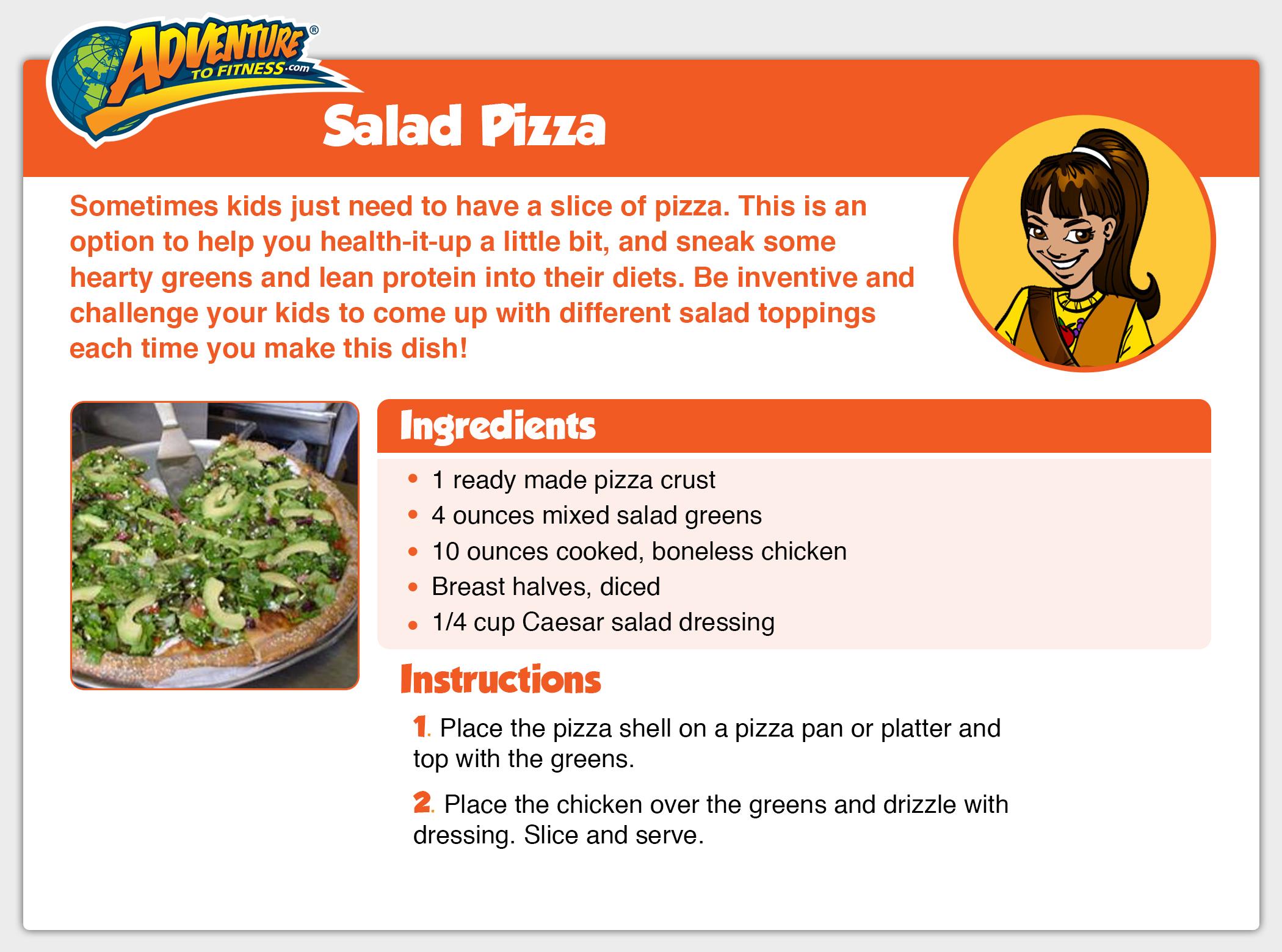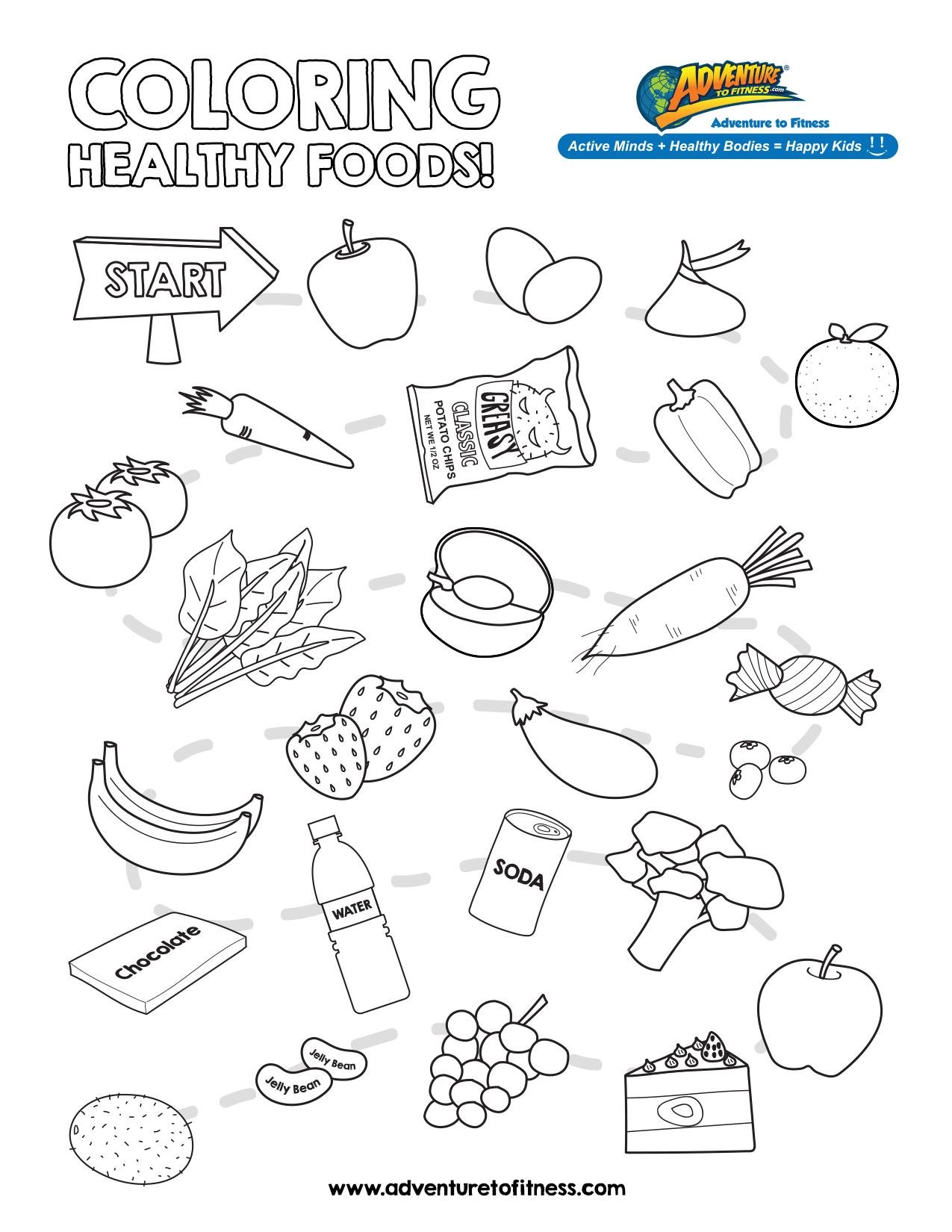To celebrate National Nutrition Month in March, try these 5 tips to raise healthy eaters:
Make veggies more fun. Experiment with different shapes and dips. What about carrot ridged chips instead of carrot sticks, dipped in peanut butter instead of ranch dressing? "Pasta-ized" zucchini tossed with olive oil instead wheat-based pasta with alfredo sauce? Shape and texture can totally change the eating experience. Experiment until you hit on something that your family enjoys!
Here's a quick animated tip for kids with a few ideas for healthy snacks.
Watch the salt and sugar. Teach kids to savor the natural tastes of food, before they are processed, sweetened, or salted.
Encourage food play! The more kids experiment with food, the more open they may be to trying new (healthy!) things. Kid-friendly recipes like “Salad Pizza” (below) give children the creative freedom to make their own meal, while parents can help by providing nutritious toppings for them to pick from.

Teach mindful eating. This will not only slow down the pace of eating -- so kids can better recognize when they're full -- but it can also help mitigate mindless snacking. For kids, a good start is to teach them to identify and choose healthy foods. You can use the following coloring page with younger children to help them learn healthy choices:

Help kids learn about portion sizes. One of the major impediments to healthy adult eating is understanding portion sizes. Start teaching kids early how to measure out their food, linking it to mindful eating to know when they're full.
Try these with your family and let us know how they work. Also, share the ideas you use at home. You can comment on the Scholastic Parents Facebook page or find us on Twitter, @AdventureToFit, to continue the conversation!

